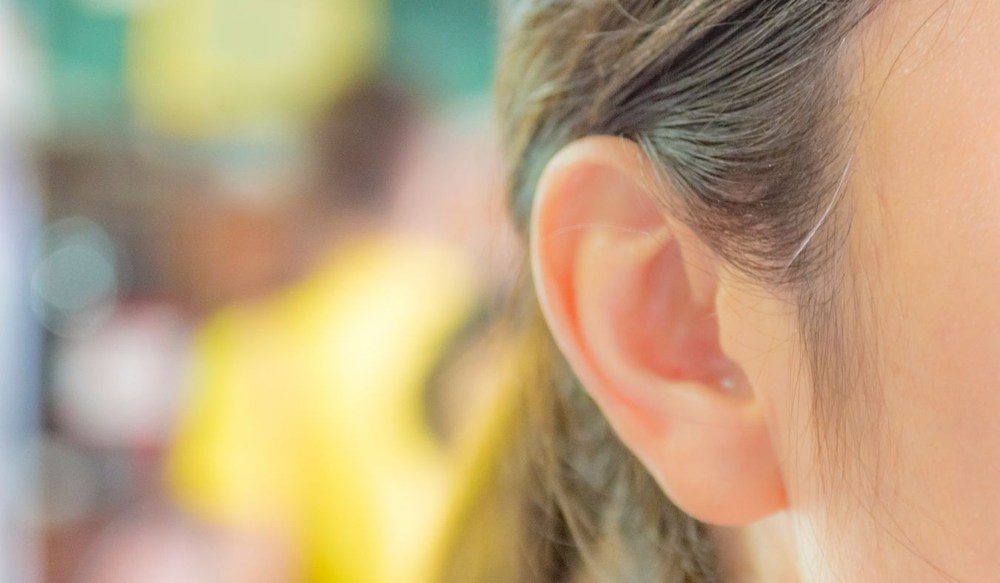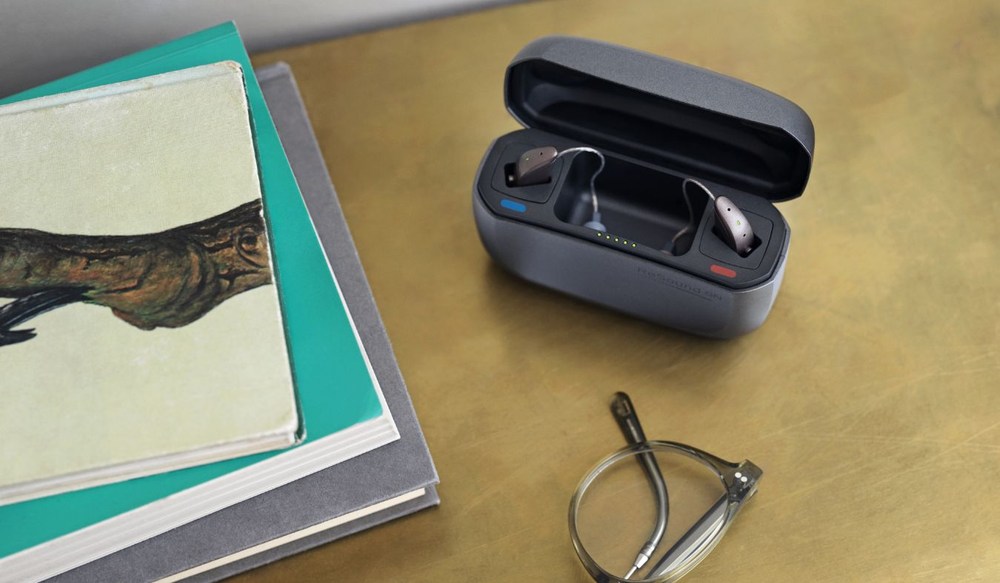How Smart Home Devices Are Improving Hearing Care
Smart home devices are changing how people with hearing challenges manage


Smart home devices are changing how people with hearing challenges manage

You probably don’t realize how much work your brain does throughout

Spring pulls us outdoors for gardening, hiking, biking and countless other